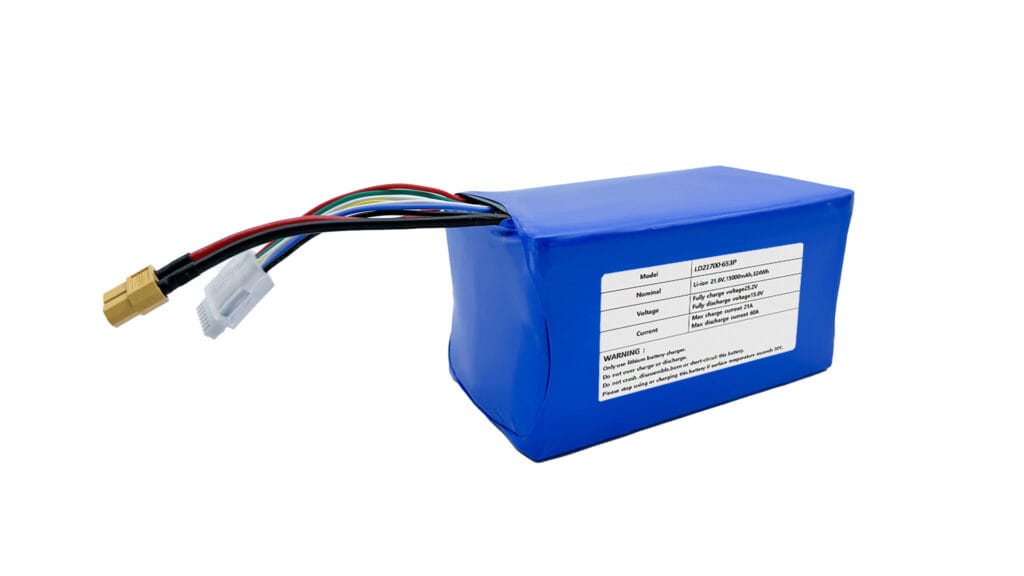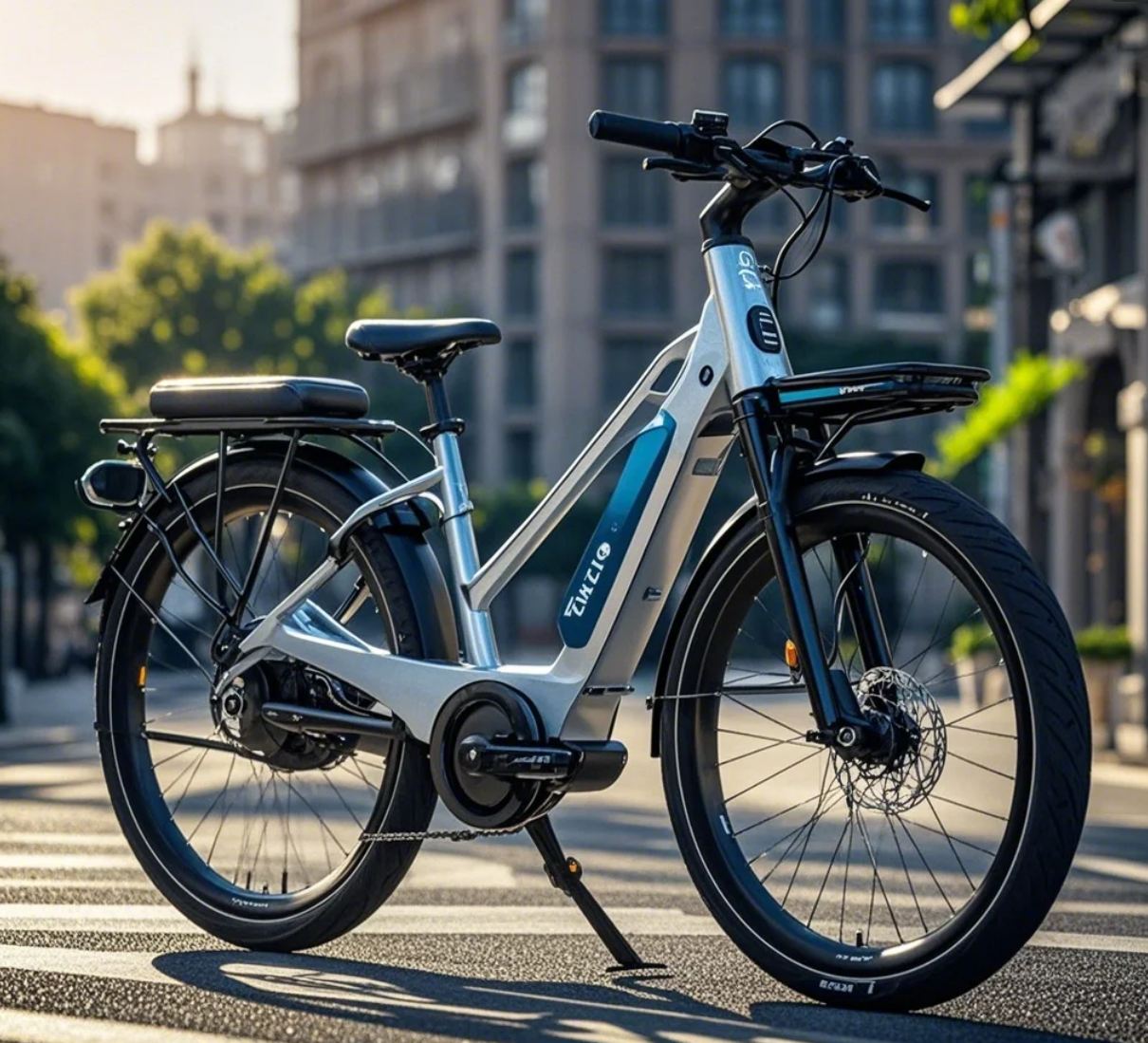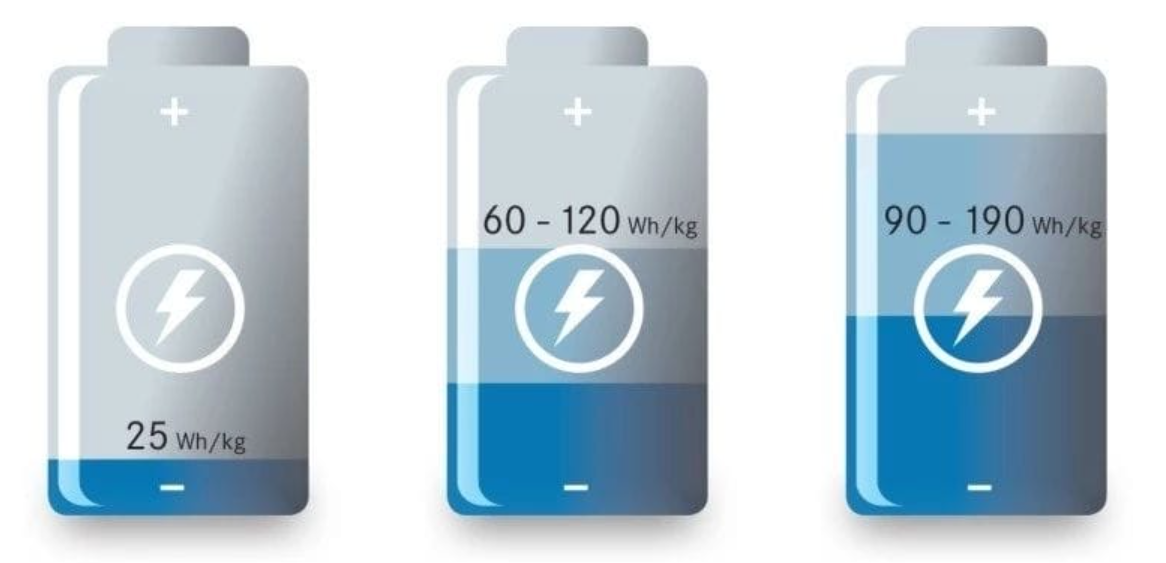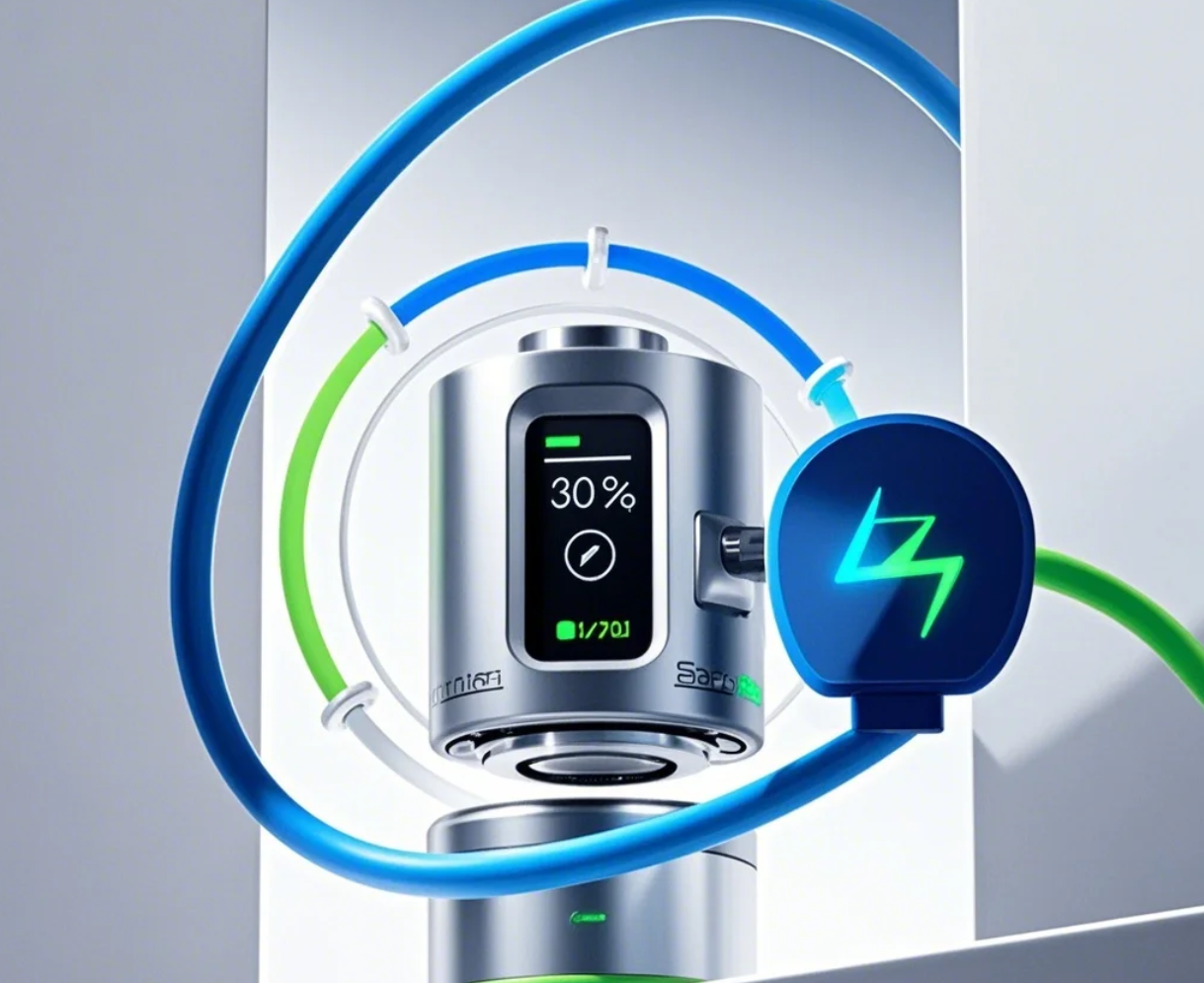Storing lithium polymer (LiPo) batteries correctly is critical for both safety and performance. In this article, we explore the ideal storage voltage, explain why it matters, and provide detailed guidelines on maintaining your batteries at the perfect charge level. We also include practical maintenance tips and answer common questions.
What is the Storage Voltage for LiPo Batteries?
LiPo batteries are typically recommended to be stored at approximately 3.8V per cell. This storage voltage strikes a balance between preserving battery capacity and prolonging battery lifespan. Keeping the voltage at this level minimizes chemical degradation and prevents the battery from aging prematurely. Many experts suggest that storing batteries at about 40-60% of their full charge is ideal.
Why is Storage Voltage Crucial?
Maintaining the correct storage voltage is essential because:
- Battery Health: The right voltage prevents the battery from undergoing stress and degradation.
- Safety: Overcharged batteries pose a risk of swelling or even combustion.
- Longevity: Proper storage minimizes the rate of capacity loss over time.
By adhering to Battery Storage Best Practices, such as keeping your LiPo at around 3.8V per cell, you ensure that the battery remains safe and performs optimally over its lifespan.
What Happens if LiPo Batteries are Stored at Full Charge Voltage?
Storing LiPo batteries at their fully charged voltage (typically around 4.2V per cell) for prolonged periods can lead to several negative effects:
- Accelerated Degradation: High voltage accelerates the breakdown of the electrolyte, causing permanent capacity loss.
- Safety Risks: Increased internal pressure and heat buildup may occur, elevating the risk of fire or explosion.
- Reduced Cycle Life: The overall number of charge/discharge cycles is diminished, affecting long-term usability.
These potential issues underscore the importance of avoiding full-charge storage for LiPo batteries. If you want to know more about lipo battery discharge, please refer to the another blog: What Factors Influence Lipo Battery Discharge Rate?
How to Set the Appropriate Storage Voltage for Your LiPo Battery Pack
Achieving the optimal storage voltage for your LiPo battery pack is essential for ensuring battery longevity, safety, and performance. Below is an expanded guide that covers multiple approaches, step-by-step procedures, and best practices for setting your LiPo battery pack to the ideal storage voltage of around 3.8V per cell.
Step 1: Use a High-Quality Balance Charger with Storage Mode
A reliable balance charger is the most efficient and safest way to adjust your LiPo battery’s storage voltage. These chargers are designed specifically to:
- Automatically Balance Cells: They ensure each cell in the battery pack reaches the same voltage, avoiding imbalances that could lead to premature degradation.
- Set a Pre-defined Storage Voltage: Most modern balance chargers offer a “storage mode” that discharges the battery to the ideal voltage level.
- Monitor Safety Parameters: They often include safety features that monitor temperature and charging current, further protecting your battery.
Step 2: Manual Adjustment Using a Controlled Discharge Method
If a balance charger is unavailable, you can manually adjust the voltage by following these steps:
-
Preparation:
- Use a digital voltmeter or battery management system to monitor cell voltage.
- Ensure your workspace is safe, well-ventilated, and free of flammable materials.
-
Controlled Discharge:
- Connect the battery to a discharge load that is specifically designed for LiPo batteries.
- Monitor each cell’s voltage and gradually discharge the battery until each cell reaches approximately 3.8V.
- Avoid rapid discharge; a slow, controlled process minimizes risks and prevents potential cell damage.
-
Verification:
- Once the target voltage is reached, recheck each cell using your voltmeter to confirm that all cells are balanced.
- If discrepancies exist, repeat the process or use a balancing charger to correct any imbalances.
Step 3: Regular Monitoring and Maintenance
Even after setting the appropriate storage voltage, regular monitoring is crucial:
- Periodic Checks: Inspect the battery’s voltage every 1-2 months to ensure it remains at the optimal level. This is particularly important during long-term storage.
- Environmental Considerations: Store your battery pack in a cool, dry environment. Temperature fluctuations can affect the storage voltage and may cause imbalances over time.
- Using Battery Management Systems (BMS): Implementing a BMS can automate monitoring and balance the cells, especially if you have multiple battery packs in use.
Step 4: Document and Follow Safety Protocols
Maintaining detailed records of your battery maintenance routine can help you identify trends or recurring issues:
- Record Keeping: Track the dates and voltages measured during each check.
- Safety Gear: Always use protective equipment and follow the manufacturer’s guidelines when working with LiPo batteries.
- Emergency Procedures: Familiarize yourself with the proper steps to take in case of battery swelling, overheating, or other issues.
Additional Best Practices for LiPo Battery Maintenance
- Calibration of Equipment: Ensure that your voltmeter and other measuring devices are calibrated regularly to provide accurate readings.
- Use of Quality Accessories: Invest in certified chargers and cables to prevent issues related to poor-quality equipment.
- Follow Manufacturer Recommendations: Always consult the battery manufacturer’s manual for any specific instructions or warnings related to storage and maintenance.
When Should You Check the Storage Voltage in LiPo Battery Maintenance?
Routine checks are a vital part of LiPo Battery Safety. Consider checking your battery’s storage voltage in the following scenarios:
- Before Long-Term Storage: Ensure the batteries are set to the optimal storage voltage before putting them away.
- Periodic Inspections: Perform voltage checks every 1-2 months to catch any imbalances or self-discharge issues.
- After Extended Use: After several cycles of use, recheck the voltage to determine if the battery still maintains proper storage levels.
- Pre-Flight or Pre-Operation: For industries like RC modeling, verify battery health to avoid unexpected performance issues.
Regular voltage inspections ensure your batteries remain in the best condition, ultimately contributing to a longer service life.
Conclusion
In conclusion, setting your LiPo batteries to an ideal storage voltage of around 3.8V per cell is essential for ensuring their longevity, safety, and optimal performance. By following proper maintenance routines and regularly checking voltage levels, you can avoid the risks associated with overcharging and keep your batteries in prime condition for whenever they are needed. Embrace these Battery Storage Best Practices to maximize your battery’s lifespan and performance.
FAQs
Q1: What is the ideal storage voltage per cell for LiPo batteries?
A1: The ideal storage voltage is generally around 3.8V per cell.
Q2: Why shouldn’t I store LiPo batteries at full charge voltage?
A2: Storing at full charge can accelerate degradation and increase safety risks, including swelling and potential combustion.
Q3: Can I use any charger to set my LiPo battery storage voltage?
A3: It is recommended to use a balance charger with a dedicated storage mode to safely adjust and monitor battery voltage.
Q4: How often should I check the voltage of my stored LiPo batteries?
A4: It is advisable to check every 1-2 months and after extended periods of use to ensure they remain balanced and safe.
Q5: Are there any environmental conditions to consider when storing LiPo batteries?
A5: Yes, store them in a cool, dry place to minimize the risk of voltage fluctuations and degradation.





